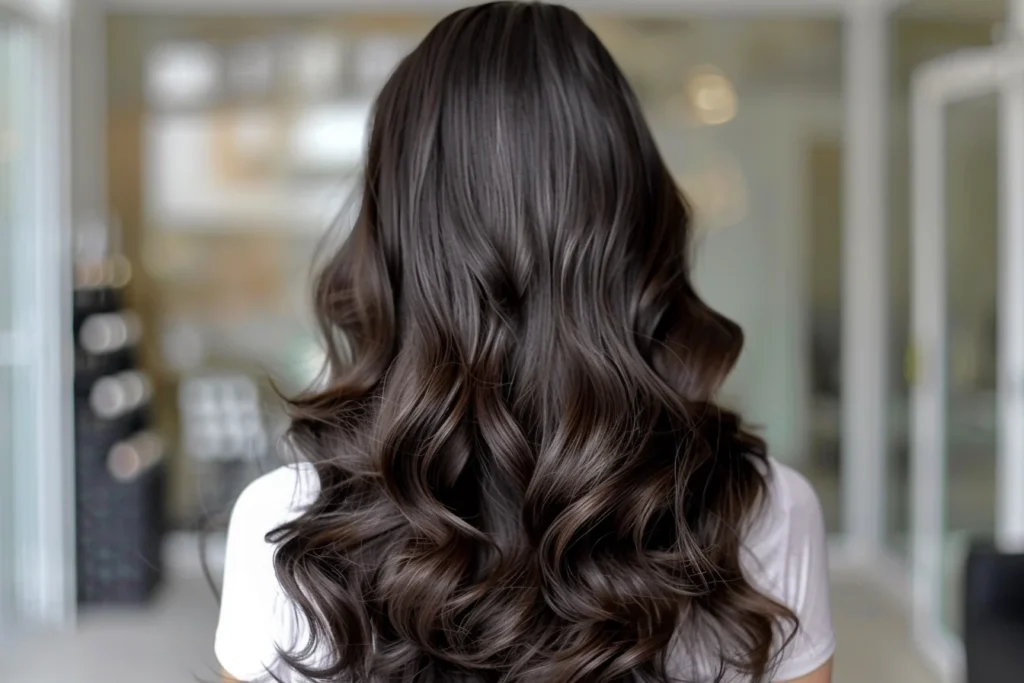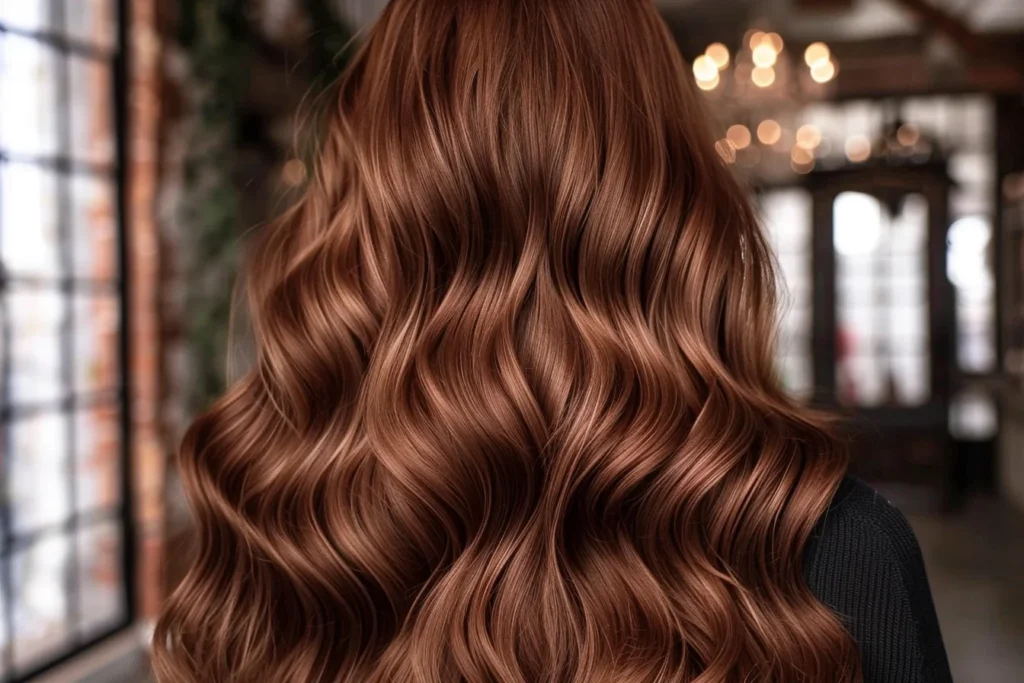I used to be an ardent believer in air drying hair, thinking it was the gentlest and most natural approach to treating my hair.
That conviction held on for a number of years until I learned about something called hygral fatigue—what too much moisture will do to your crowning glory.
Talking to Clara Fernandez, an expert pharmacist with good knowledge of hair care made me realize the truth.
She explained how water from letting air dry your hair gets into the fibers. This is not as safe as it may appear. It results in swelling and shrinking of the fibres leading to raised cuticles and increased rubbing against each other.
The consequence? Weaker hair that breaks more easily, becomes damaged and gets frizzier.
However, I discovered that I can avoid all these drawbacks by drying smarter. A stylist who goes by Moncho Moreno revealed to me the benefits of using a blow dryer at a maximum heat of 160 degrees.
He recommended using travel dryers instead of professional ones which have a lower power output yet still deliver good results. This method, according to Moreno, aids in maintaining the integrity of the hairs by reducing water retention that may damage the hair cortex and ends; hence this may even impede growth rate.
Moreover, he intimated that his brand has finally come up with a travel dryer ideal for this purpose. You can use it safely from about 10-15 centimeters away from your hair without harming it due to excessive heat.
Moncho insisted on thorough root drying at least. Wet roots can worsen scalp problems ranging from disturbing microbial colonization patterns for instance in psoriasis cases to giving one’s tresses a lifeless look.

When you get out of your bathroom door he suggests blotting any excess liquid off with some tissue or kitchen towel focusing on where you are growing your strands from so that you can avoid over-drying via applying excessive warmth.
He also advocates always using a diffuser attachment with the dryer, irrespective of hair type. A diffuser spreads heat evenly so the natural texture of hair remains intact whilst drying gently.
However, Moncho insisted that nozzles or diffusers should not be omitted while blow-drying for they cause air to gush uncontrollably and make hair become knotted and untidy.
His advice has fundamentally changed how I approach drying my hair, making me appreciate the balance between effective styling and maintaining healthy hair.
Here are some practical suggestions to keep your hair healthy and strong while effectively using a hairdryer.
1. Use the Right Tools
Invest in a Good Hair Dryer: A nice dryer with different heat settings and a powerful motor can make very huge differences. Look for one with ionic technology, which helps to break down water molecules more quickly speeding up the drying process and reducing heat damage.

Think about Using a Diffuser: Especially for people with curly or wavy hair, it is possible to maintain the natural shape of your hair but distribute heat evenly through it by making use of a diffuser attachment.
Select Appropriate Nozzles: They help you concentrate on specific sections during styling for precise looks as well as fast drying processes.
2. Adjust the Heat Settings
Use Low to Medium Heat: Your hair can be severely damaged at high temperatures. Lowering the heat setting and allowing extra time for your hair to dry will prevent heat damage and ensure its healthiness.
Cool Shot Button: Most blow dryers have what they call ‘cool shot’ mode. It works by blowing cold air on your head after you have dried up everything else using warm air so that you can close those cuticles and lock down that style.
3. Proper Drying Technique
Always Keep Your Dryer at a Distance: You should hold your blow drier six inches away from your scalp. This will not only ensure even distribution of warmth around your head but also prevent overheating of any part.
RELATED: The Art of Scalp Massage for Richer, Healthier Hair
Keep It Moving: Do not direct hot air in one place only; instead, move it continuously along the entire length of your tresses so that excessive heating may cause harm no more.
4. Prep Your Hair
Towel Dry Gently: Just patting dry is enough before switching on a dryer, irrespective of whether you use a towel or some other fabric made from cotton material type (however never rub because doing so will lead to frizzing/breaking).
Heat Protectant Sprays: This is a product that should always be applied to the hair before blow-drying it. Such preparations capture and then reduce the loss of moisture from the hair shaft by creating a shield against heat.

5. Dry Strategically
Focus on the Roots: Drying your roots first will prevent scalp issues and give your hairstyle more lift and volume. Also, as water retention is normally higher at the root ends, this approach saves time when drying at home.
Ends Should Be Dried Last: They are usually dried last because they are less resistant than other areas to heat exposure since they represent an older portion of hair. However, ensure that you do so as fast as possible to minimize damage.
6. Maintain Your Dryer
Clean the Filter Regularly – This ensures that your dryer does not overheat due to blocked airflow thereby prolonging its lifespan.
RELATED: Why I Started Using a Hot Towel for My Hair After an Expert’s Advice
By following these tips you will reduce drying damage while making your hair healthier and more beautiful overall. With careful attention to how you dry your hair, you can maintain good-looking locks without suffering from hygral fatigue consequences.

